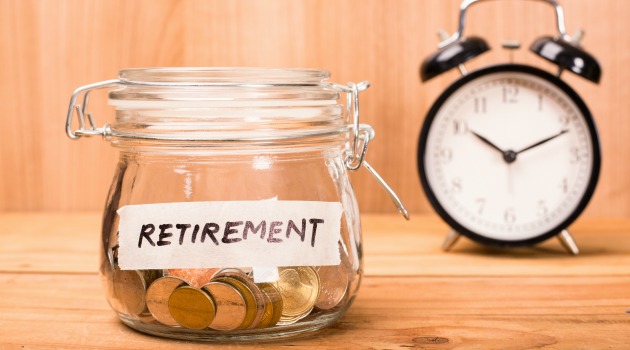Lasr two letters continued Jan 24
Son’s girlfriend diagnosed with BPD
To think that London, or anywhere else for that matter, does not belong to any one demographic


While working, our regular salary and other employment-related payments are our main source of income. We use it to pay for necessities, such as groceries, and non-essential purchases, such as holidays. We all need some money to spend.
Once retired, employment income decreases if continuing working part-time or completely ceases if taking full-time retirement. In any case, at some point most people stop working. Then, the question is how to arrange for a regular income?
Fortunately, a number of sources of income exist during retirement. Their availability largely depends on how we have been preparing and what we have been doing all our working-life before retiring.
If you have been paying National Insurance Contributions (NICs) you may be eligible to State Pension, beginning from your state pension age (SPA). A new State Pension has been introduced in 2016 and SPA keeps changing. Explore www.gov.uk, a Government website with plenty of helpful information, to check your eligibility and SPA. Full State Pension requires 35 years of NICs. It pays about £8,000 per year. Postponing claiming State Pension can increase payments, which are paid for life. You can read more about the state pension here.

If you were employed you may be a member of a defined benefit (DB) pension. So-called final salary, DB pays pension income for life based on years of service and a percentage of some average of your salary while employed. DB plans are becoming rare since they are expensive for employers. Your employer must give you all the information about your DB pension upon request. If you have switched a number of employments and lost track of your pensions, the free Pension Tracing Service at www.gov.uk may help.

Your employer may have arranged a defined contribution (DC) pension for you. Perhaps you have organised one for yourself. Known as money purchase, DC is a pension into which you and maybe your employer contribute, usually on a monthly basis. Contributions are taken off from your gross salary or you put money in. Contributions are free of income tax (you can claim tax relief if you pay money in). While funds are within the pension, you may be able to choose how to invest them. All interest and gains are tax free. You pay income tax when taking money out.
Since 2015's pension freedom, you can withdraw money from DC pensions in three ways...
First, you can take a cash lump sum. While 25% of it is tax-free, the rest is subject to income tax. Therefore, spreading withdrawals over different tax years can mitigate taxes.
Second, you can use some savings to purchase an annuity. Annuity is a product you purchase from an insurance company, promising to pay income for the rest of your life. The advantage is secured income. The disadvantages are inflexibility to sell the annuity if you change your mind or need the money back (this may change in the near future) and currently low annuity rates.
Check the internet for annuity rates, which are the percentage of income you receive for the money you use to purchase the annuity. Rates depend on market conditions, such as yields of gilts, the annuity's features (such as indexation to inflation) and your personal circumstances (such as age and health). If you decide to buy an annuity, shop around. You can increase annuity rate by deferring the purchase.
The third way to access DC savings is called flexi-access drawdown. Here, you keep money in the pension while drawing variable income as much as you need when you need it. Keeping investing funds within a pension shields them from taxation. Investing allows money to generate income, such as dividends from stocks and coupons from bonds, as well as to generate capital gains, hopefully above inflation rate. The downside is that investing requires taking risk, meaning you can lose or generate returns below expectations. Nevertheless, prudent and diversified investing could be a sustainable source of income.

A different income source is property. Buying your home can generate income. First, you require a place to live. Owning your house eliminates the need to pay rent, which is negative income.
Second, you can use equity release products. Sold by insurance companies, they allow you to get a cash lump sum or regular income for selling your house, but continuing living in it for the rest of your life. Downsizing your house is another way to release equity.
Another property income source is buy-to-let. Here, you purchase a property with the intention of letting it as landlord. This could be an expensive way to generate income. However, it could also be rewarding and different from other sources.

Finally, savings and investing outside pensions could be another source of wealth and income. Individual Saving Accounts (ISAs) are a vehicle to do so tax-efficiently. Other sources of income could be a part-time job, relying on family members and more novel ways, such as royalties or dividends from business ownership.
The sensible approach is to first understand all the options and take professional advice. Second, plan, prepare and take action to save as much as realistically possible. And third, diversify your sources of income, avoiding relying on a single one. Not simple, but too important to ignore.
Yoram Lustig is the author the new Financial Times Guide: Saving and Investing for Retirement. It is out now and is available from Amazon and all good booksellers.
Images: Shutterstock